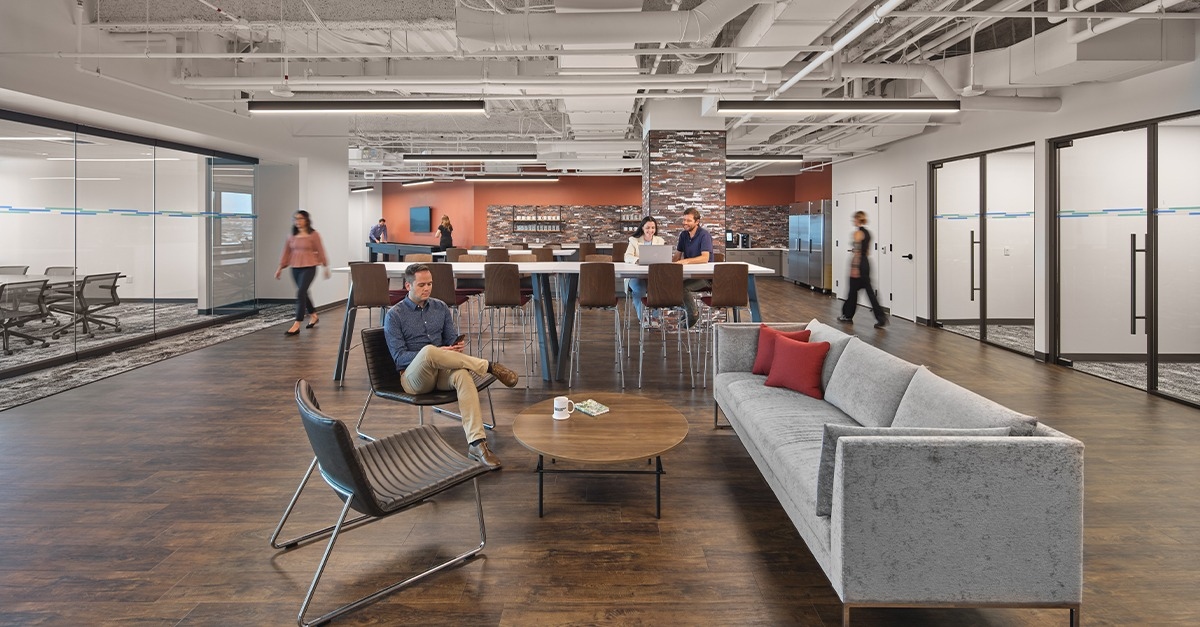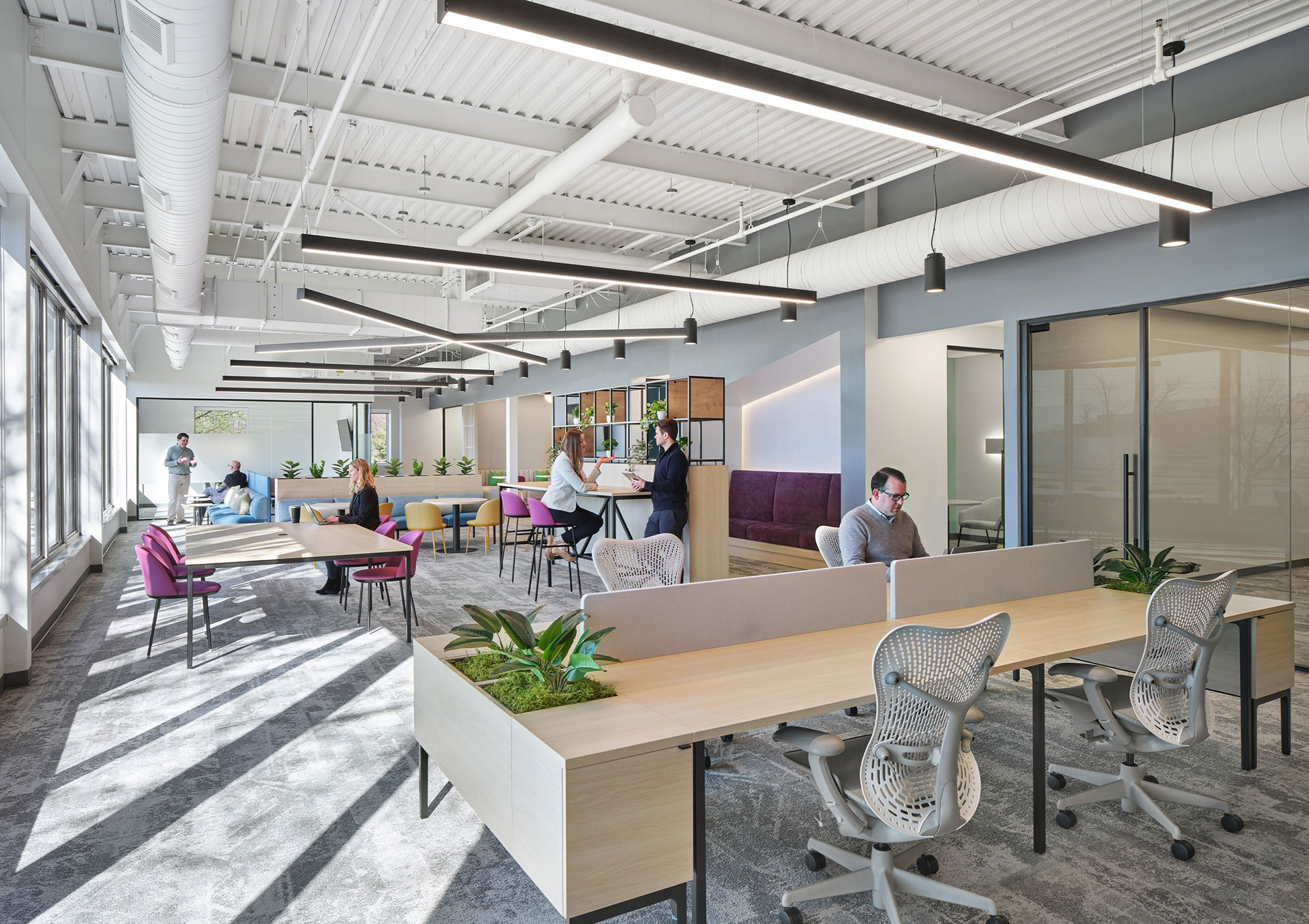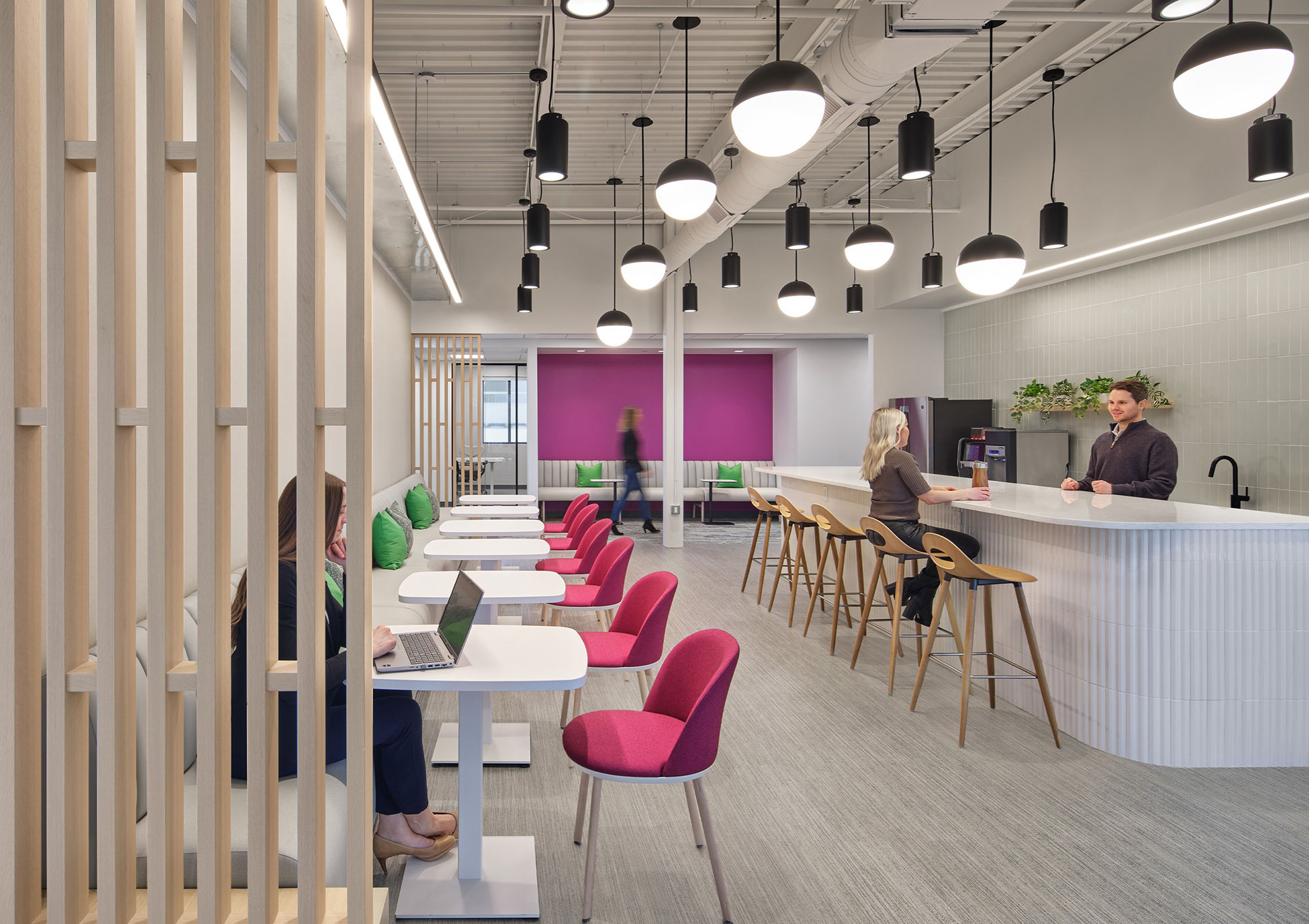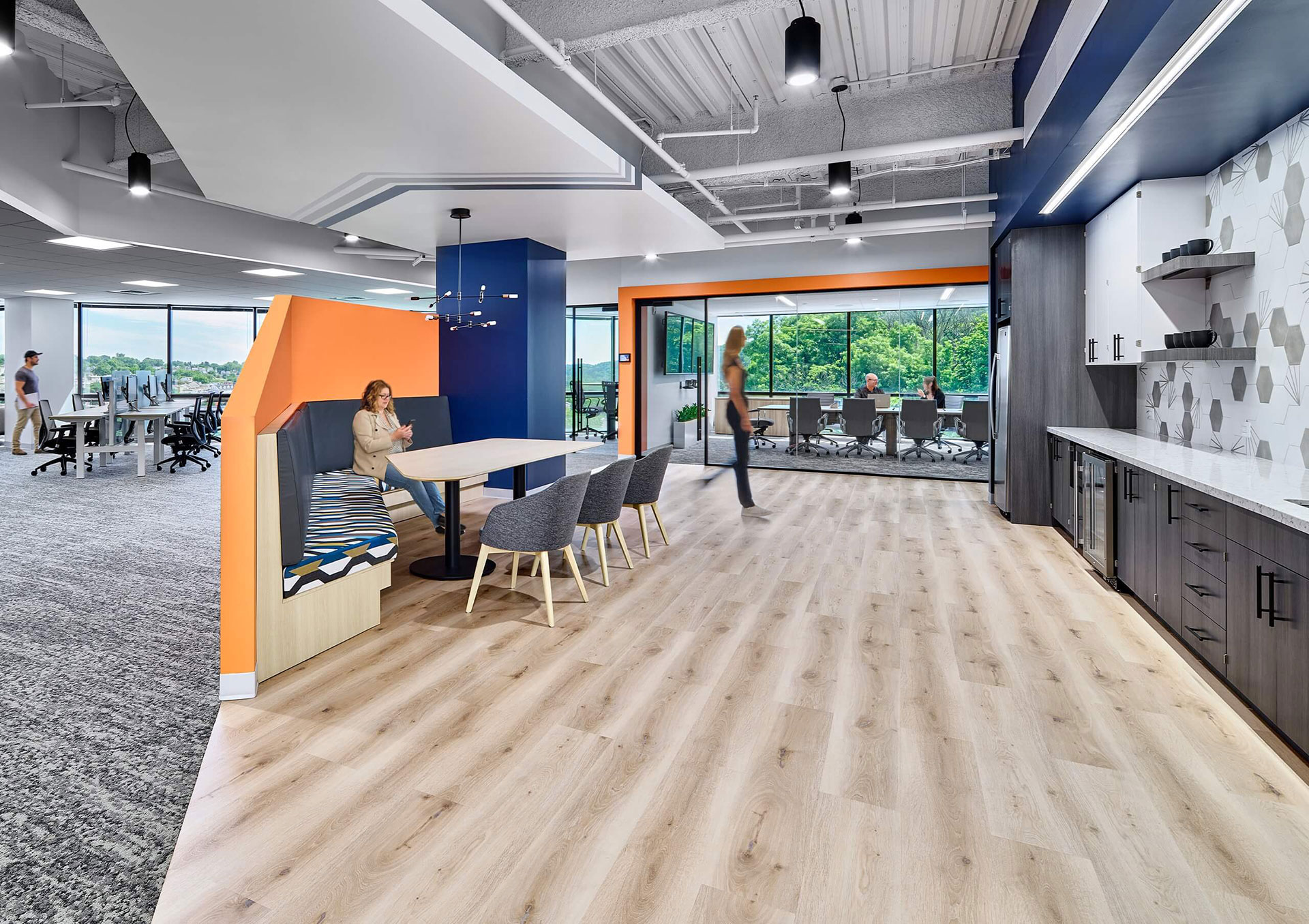Workplace as Hub™: Formcraft’s Blueprint for Today’s Agile Office Spaces
“Do we even need an office?”
In the wake of the pandemic it’s a reasonable question that every organization should ask themselves.
3 years of navigating the “new normal” has produced some clear insights that can help provide an answer:
- The biggest reason employees say they come to the office is to focus on their work.
- Office workers around the globe agree they need time in the office and the ability to work remotely for maximal productivity (but the majority of workers say they want to spend more time in the office than at home.)
- 72% of strategic leaders believe the office will remain central to their organization’s work ecosystem.
So do you even need an office? Almost certainly.
It just looks and functions differently than the one you’re probably in right now.


Workplace as Hub™
The terms “agile workplace” and “agile office” describe environments that can be reconfigured easily and support a variety of work styles. That’s a great start, but it’s not enough for a space simply to be varied and adaptable. The most successful workplaces are well designed and serve a clear purpose that workers understand and appreciate.
At Formcraft, we believe offices must become collaboration hubs, which is why we refer to our agile office design philosophy as Workplace as Hub.™
Our approach recognizes that hybrid work is here to stay and redefines the office as the central connection point in a distributed system of workers and working groups, rather than as a “second home” where workers spend 8+ hours a day.
Workplace as Hub™ celebrates the office as the most effective environment for collaboration, communication, and ideation, while leveraging technology to seamlessly support those processes wherever they occur.

The 5 Principles of Workplace as Hub™
Workplace as Hub™ is based on 5 principles that, together, inform the design and implementation of a successful workplace for the 21st century.
1. Treat physical and virtual space with equal attention
The workplace is no longer limited to the office. The workplace includes virtual spaces such as video conferencing platforms and project management applications. Design for the workplace should address these “spaces” holistically so that workers feel equally connected and capable whether or not they are physically present. Bridge physical and virtual space with intentionally coordinated technology solutions.
2. Embed technology into the fabric of the office
Supporting physical and digital space equally requires reducing the friction of connecting down to zero. Technology solutions for physical and digital spaces must be planned holistically for seamless integration. The goal should be push-button functionality with physical design that embeds technology as the connective but invisible fabric of the office.
3. Maximize flexibility
Avoid “fixed” and single-purpose assets. Furniture should be modular and work stations easily reconfigurable. Space itself should be adjustable with minimal effort or cost. The goal is to support a variety of work styles and team sizes that will change throughout the week or month.
4. Promote communication
Communication is the bedrock of collaboration. Space must be designed to promote communication in a variety of settings: private spaces for one-on-ones, communal spaces for impromptu conversations, team spaces for workshops and focused problem solving.
5. Be clear about purpose and assign ownership
The purpose of a workplace must be clear and appreciated. Communication strategies and employee policies are critical in signaling the office’s purpose as a collaboration hub. Ideally, an individual or small group should be responsible for assisting other workers in making the most of the hub – from programming the space to troubleshooting technology issues.
Workplace as Hub™ creates an integrated space where individuals and teams can collaborate, communicate, and work together effectively. It fosters a culture of collaboration, innovation, and knowledge sharing, ultimately leading to enhanced productivity and the achievement of organizational goals.

The Design Build Advantage
As a design-build firm with architecture and construction under one roof, Formcraft has approached workplace design holistically from the very start. We have always understood that successful workplaces are not just about space – they require strategies from architecture, user experience design, communications, organizational psychology, real estate, business planning, and more.
Our design-build methodology delivers projects faster with more accurate budgets and timelines, while significantly reducing the project management requirements on clients.
Design-build offers additional benefits with Workplace As Hub™ because of the need for seamless integration of physical and digital space. With one partner managing the project from start to finish, the risk of a disconnect between technology solutions, spatial design, and construction is significantly reduced.